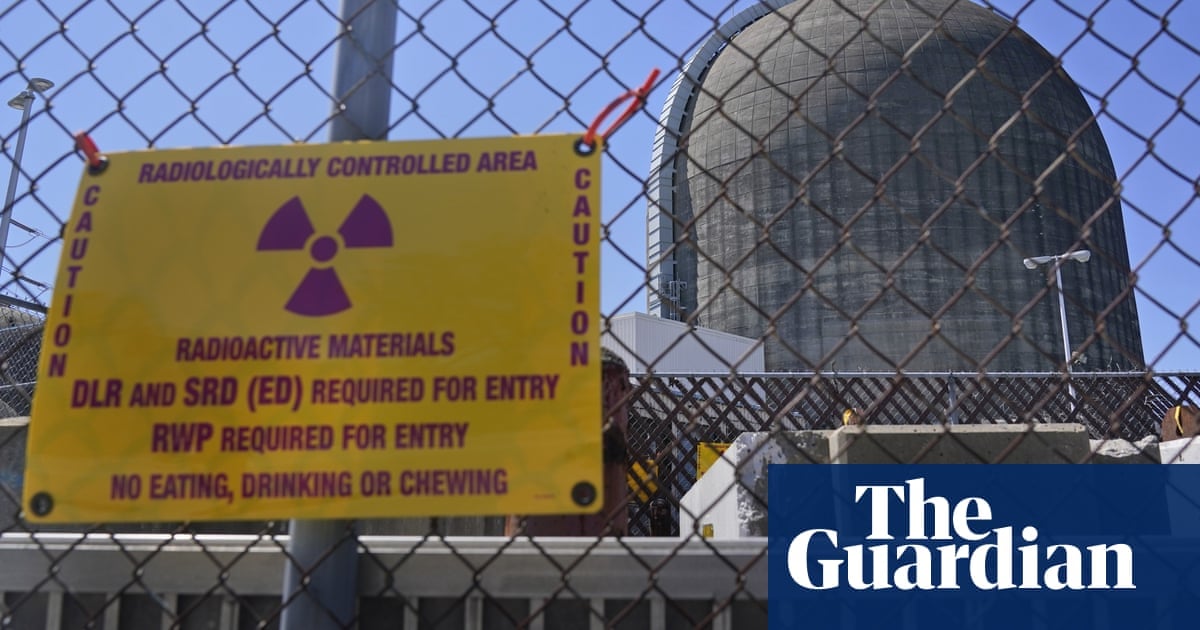Shuttering of New York facility raises awkward climate crisis questions as gas – not renewables – fills gap in power generation
When New York’s deteriorating and unloved Indian Point nuclear plant finally shuttered in 2021, its demise was met with delight from environmentalists who had long demanded it be scrapped.
But there has been a sting in the tail – since the closure, New York’s greenhouse gas emissions have gone up.
Castigated for its impact upon the surrounding environment and feared for its potential to unleash disaster close to the heart of New York City, Indian Point nevertheless supplied a large chunk of the state’s carbon-free electricity.
Since the plant’s closure, it has been gas, rather then clean energy such as solar and wind, that has filled the void, leaving New York City in the embarrassing situation of seeing its planet-heating emissions jump in recent years to the point its power grid is now dirtier than Texas’s, as well as the US average.



I don’t know if heavy water plants leaking tritium in their wastewater should be used as a good standard for the longevity of old reactor designs.
https://www.canada.ca/en/health-canada/services/health-risks-safety/radiation/radiological-nuclear-emergencies/previous-incidents-accidents.html
Tritium is a relatively weak source of beta radiation, which itself is too weak to penetrate the skin. However, it can increase the risk of cancer if consumed in extremely large quantities. Tritium can enter the body through inhalation, ingestion or absorption through the skin.
You’re worried about a bit of tritium being pumped into Lake Ontario?
The actual leak never got out, the only time there was a leak was some dumbass filled the wrong silo and had to dump it.